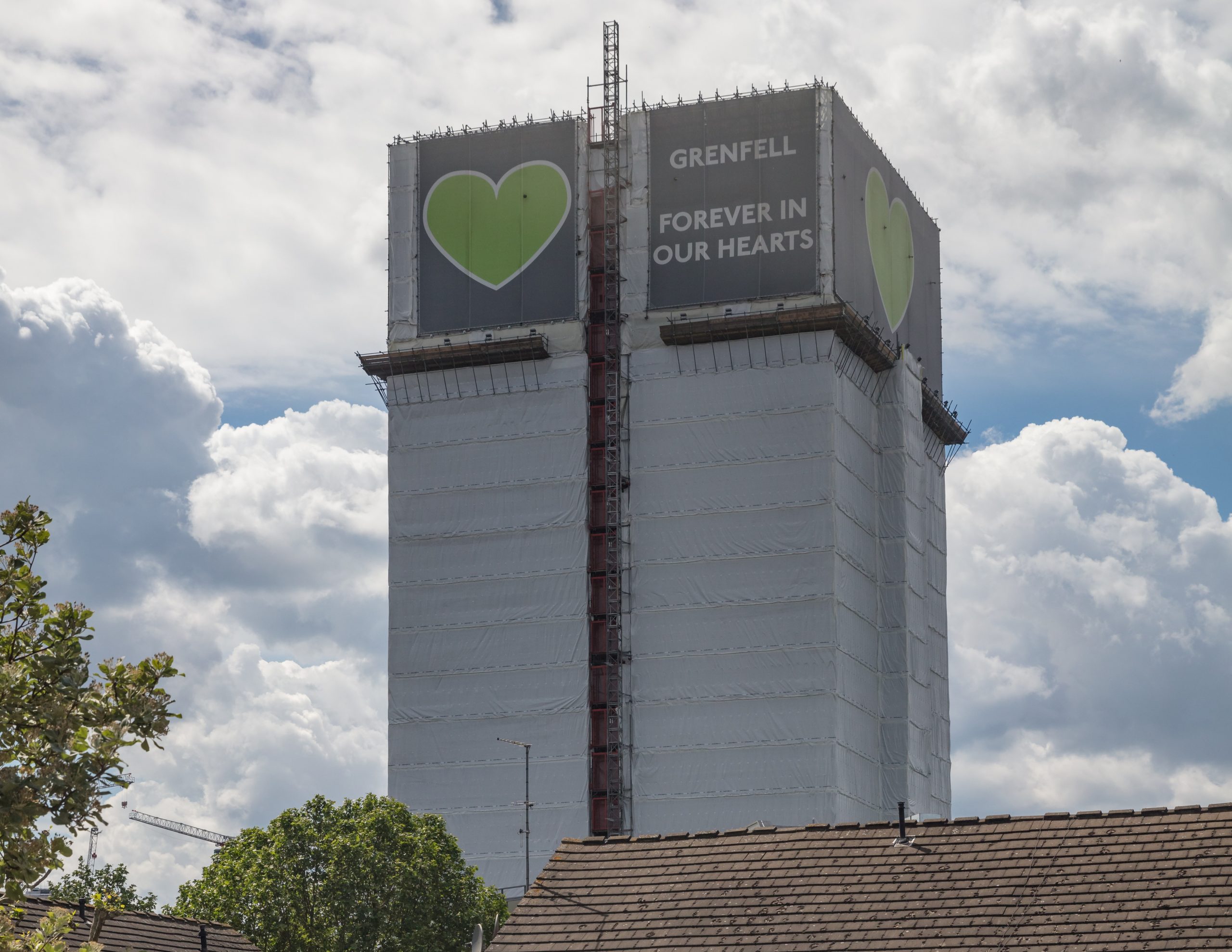
Wednesday, 4 September saw the publication of the second and final report from the Grenfell Tower Inquiry, established to examine the circumstances leading up to and surrounding the tragic fire which claimed 72 lives on the night of 14 June 2017. PBM presents a number of the responses from the construction sector to the Phase 2 report.
The FMB states that the “damning final report of the Grenfell Inquiry has shown the need for competence, but there is still a great deal of work to do.”
Brain Berry, FMB Chief Executive, said: “While the nation’s local builders are, for the most part, far removed from work that has been investigated as part of the Grenfell Tower Inquiry, it does not mean they are precluded from improving industry standards. Domestic builders do not have minimum competence levels; they are not a protected profession like plumbers or electricians.
“If industry and government are serious about delivering competence, then introducing minimum standards for entry into domestic building work is a must – this is competence from the ground up.”
Brian continued: “The new government needs to turn away from a culture of cutting regulation, which in part has led to poor building safety, and license domestic builders, underpinning the building regime with minimum standards. Why should homeowners not share in the safety net implemented post-Grenfell?
“Without minimum standards, unregulated or ‘dodgy’ building work will continue, and the industry will not shake off its poor reputation, which is driven by rogue operators plying their trade free from consequence.”
He concluded: “However, where government has tried to regulate domestic builders, through the Building Safety Act, mostly for work involving building control, they have only outlined high level requirements without any underpinning competence. This has left builders confused and worried about committing to work they feel they may no longer be competent to do. The new Government must address this immediately, so industry has clear guidance.”
National Federation of Builders
Richard Beresford, Chief Executive of the NFB, said: “The Building Safety Act began the process of ensuring the Grenfell tragedy never happens again, but from cladding and Building Regulation process, to maintenance and fire safety protocol, the Phase 2 report highlights and details many other concerns that could have prevented the fires tragic loss of life.”
The NFB notes that the Inquiry has uncovered critical insights into the factors that lead to the Grenfell Tower fire, highlighting considerable failings in several areas, including cladding manufacturers and insulation works, refurbishment companies, Government’s approach, Local council and housing management and the London Fire Brigade.
The Inquiry has made several key recommendations aimed at preventing such a tragedy from recurring, including:
Building regulations and the construction industry
Establish an independent regulatory body, reporting to a single Secretary of State, to ensure effective information sharing and promote the exchange of ideas. This “construction regulator” would be sufficiently resourced to take on functions currently managed by a variety of bodies, including licensing contractors on higher risk buildings.
Urgently review the definition of a ‘higher risk’ building as outlined in the Building Safety Act.
Government
Bring responsibilities for fire safety currently exercised by Ministry of Housing Communities and Local Government, the Home Office and the Department for Business and Trade into one department under one Secretary of State.
Appoint a Chief Construction Adviser with a sufficient budget and staff to expert provide advice on all matters affecting the construction industry.
Review and update statutory guidance, particularly Approved Document B accordingly, and publish revised guidelines as soon as possible.
Fire safety strategy
Collaborate with the professional and academic community to develop new testing methods that provide the information needed for such assessments to be carried out reliably.
For more information on the Grenfell Tower Inquiry and to read the Phase 2 report, visit www.grenfelltowerinquiry.org.uk
Image credit: Michael Evans – stock.adobe.com










